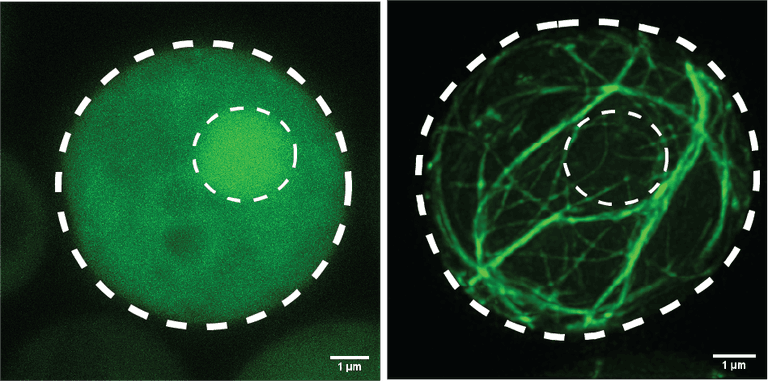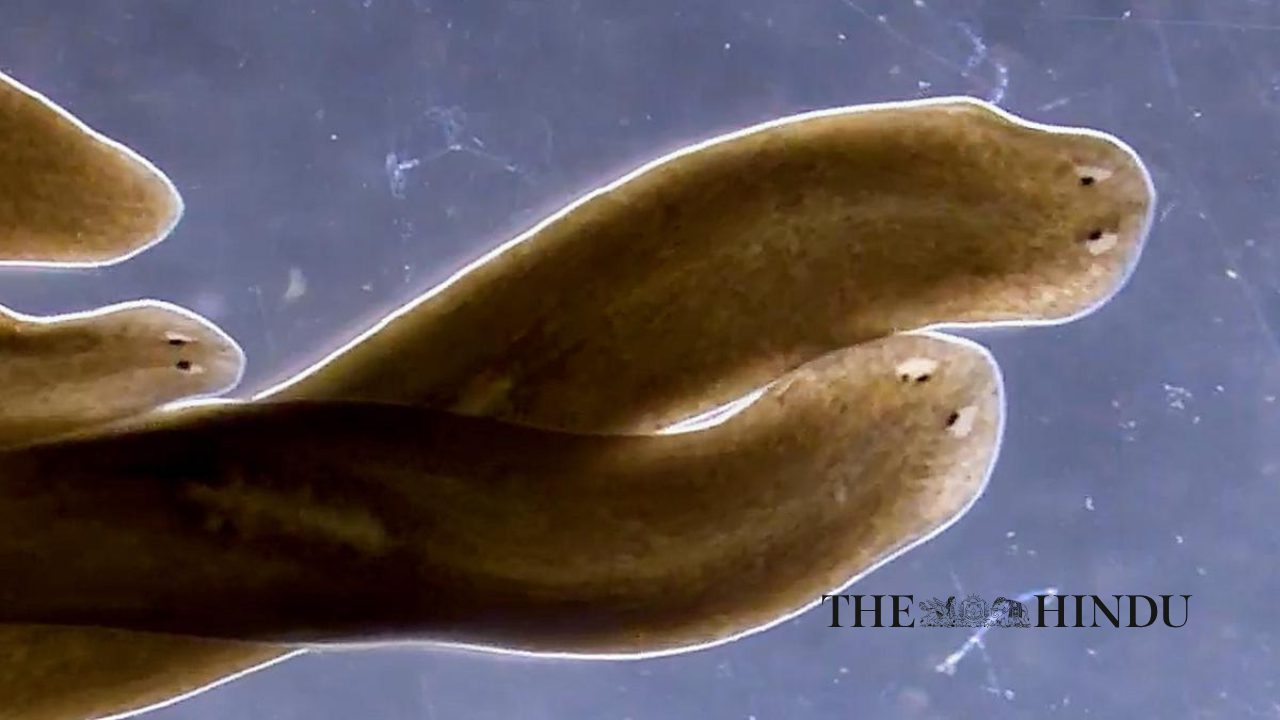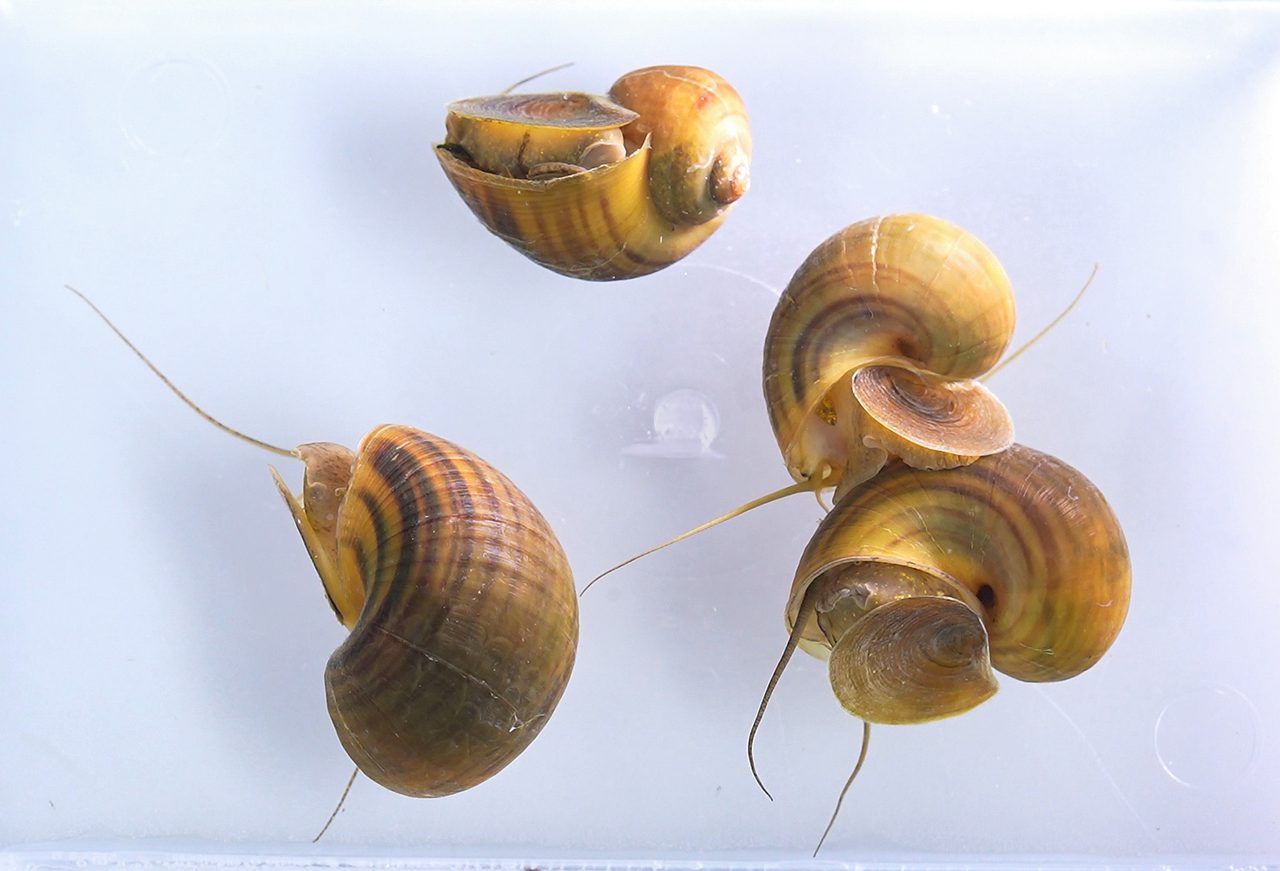Some proteins essential for cells to function have the potential for a random change of shape, altering their behavior from beneficial to toxic. Uncovering that crucial moment governing that change may reveal a way to prevent its occurrence.
“A sequence of ‘letters’ make up a protein and we found something new,” said Halfmann. “We found ‘the letter’ in the ALS protein’s sequence that determines whether or not it aggregates and identified other proteins that can control a switch in that letter. And it is showing us a possible therapeutic path forward.”
Those letters are called amino acids and are the building blocks of proteins. Technology developed at the Stowers Institute gives Halfmann and his team the ability to provide tailored protein production instructions to single-celled yeast to then measure the protein’s ability to aggregate. Why yeast? They do exactly what you tell them to, are easy to analyze, and can capture a spontaneous fluctuation in protein shape that might get lost in the more complicated environment of neurons.
“There are genetic reasons for developing ALS but there is also spontaneity, or things we don’t understand,” said Halfmann. “When we use our yeast cultures, we can eliminate all the genetic factors and get a sense of what those missing spontaneous factors are.”
Moving forward, the team is testing their hypotheses in more complex systems, from yeast, to neurons in a dish, to organoids, to mice. But additionally, they are discovering that very different neurodegenerative diseases are illuminating common themes, another step toward a comprehensive understanding and the hope for effective treatments and a cure.
“Something that has emerged recently is that the protein accumulating as aggregates in nearly all ALS patients is doing the same thing in about half of all patients with Alzheimer’s-like dementia,” said Halfmann. “As we learn more about ALS, we are going to learn more about Alzheimer’s and vice versa. Studying this broad category as a whole may allow us to make progress on all age-associated diseases.”




